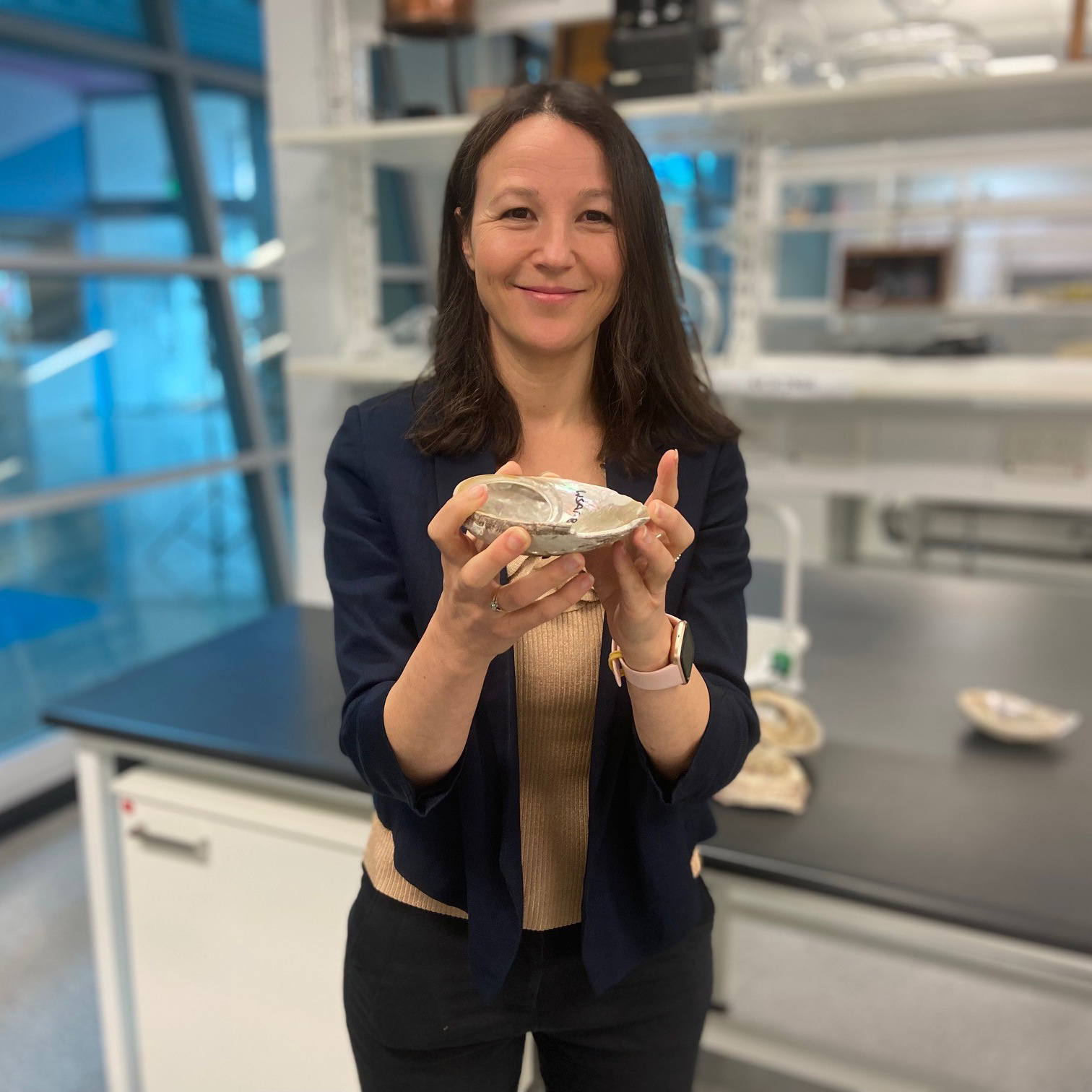
Universal chemical fingerprints that can trace the geographic origins of many marine species have been developed by Australian scientists to help combat seafood fraud and stop illegal and unsustainable fishing.
Marine ecologists and have identified chemical fingerprints common to the bones and shells of marine life from specific ocean environments, allowing them to track where individual seafood comes from.
Dr Doubleday who developed the concept as part of her at the (UniSA), says seafood is one of the most traded commodities in the world, but supply chains are unclear, and the industry is susceptible to fraud.
“It is important we know where our seafood comes from and that consumers can trust the label of origin, otherwise it threatens the integrity of the industry and the fisheries they depend upon,” Dr Doubleday, says.
Alongside Dr Martino, a former UniSA postdoctoral researcher who now works at the Australian Nuclear Science and Technology Organisation (), Dr Doubleday built a map of ocean chemistry that can distinguish the origin of seafood between south-east Asia and southern Australia.
“Precise levels of chemicals found in seafood is controlled by the ocean where marine life is based, so we can establish a chemical fingerprint that tells us which body of water the animal comes from.”
Seafood fraud occurs when consumers or businesses are deceived about where seafood is caught, and where products are substituted with lower quality seafood or from locations with fewer sustainable regulations.
Poor quality seafood can contain hidden pathogens, unlisted allergens and fewer nutrients.
“This substitution threatens our food system by risking sustainability, safety, and consumer confidence,” Dr Martino says.
“In the long term, it leads to over-exploitation of stocks and upsets the balance of marine ecosystems, ultimately harming seafood industries.”
Paper-based and digital tracing are also used to determine where seafood is from, but until now, chemical fingerprinting has largely been restricted to land animals.
“The advantage of chemical fingerprinting is that it is difficult to falsify. Now that we have established a universal chemical marker, with ongoing research and development, it could transform the way we provenance seafood on a global scale,” Dr Doubleday says.
The researchers describe the breakthrough in the journal .
Notes for editors
A 2021 analysis of 44 studies from more than 30 countries exposed seafood fraud on a global scale. Nearly 40 per cent of 9000 products from restaurants, markets and fishmongers were found to be mislabelled.






